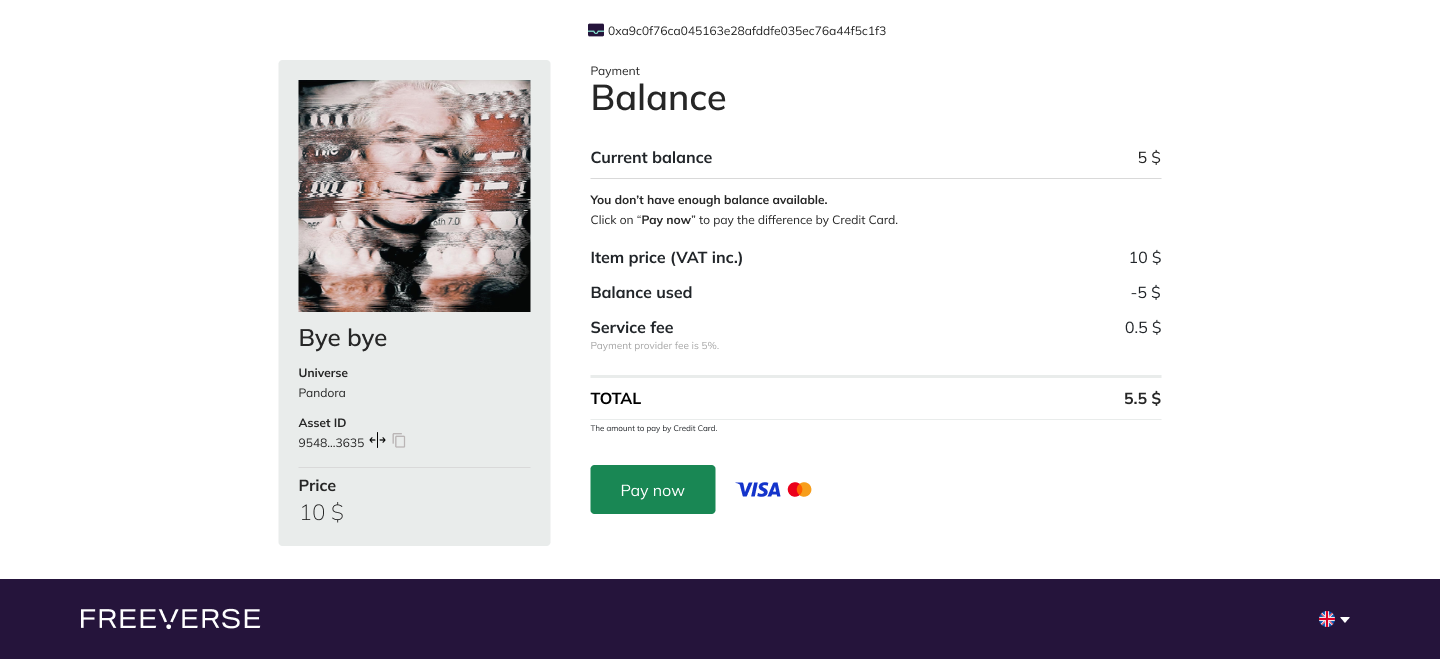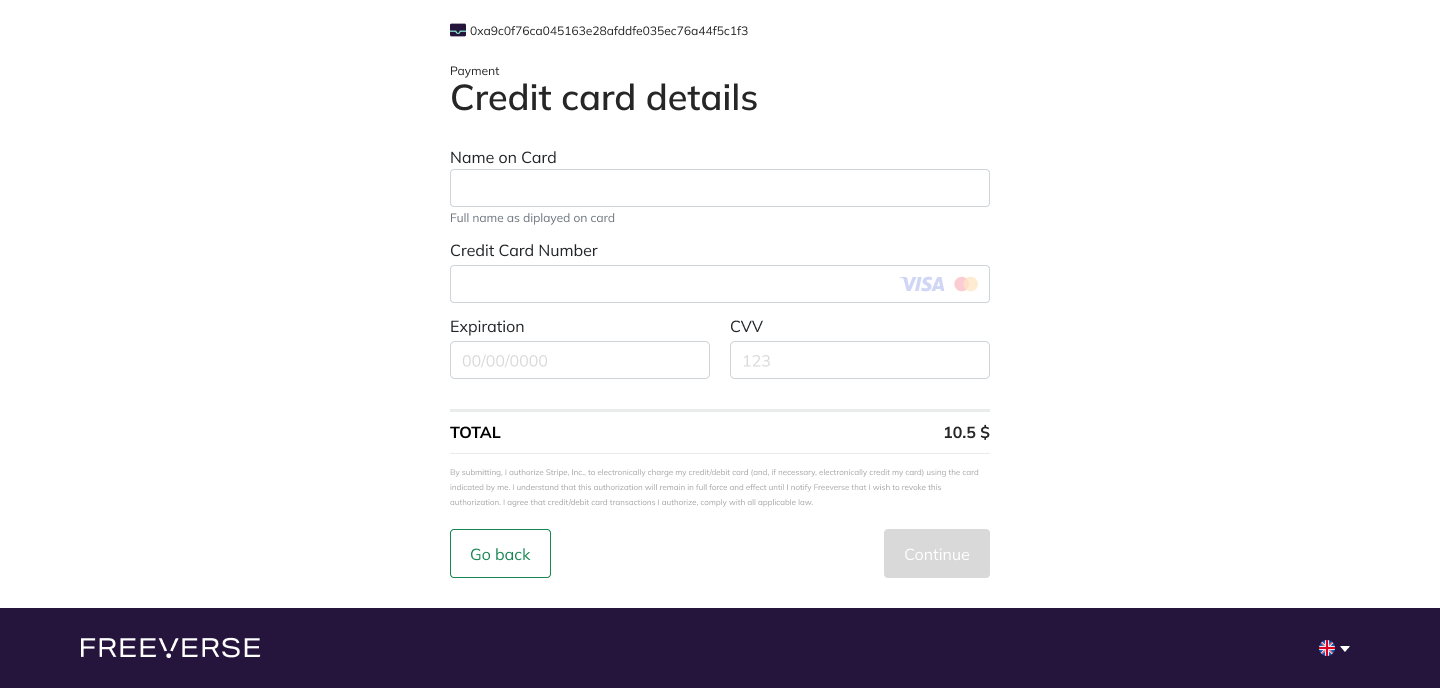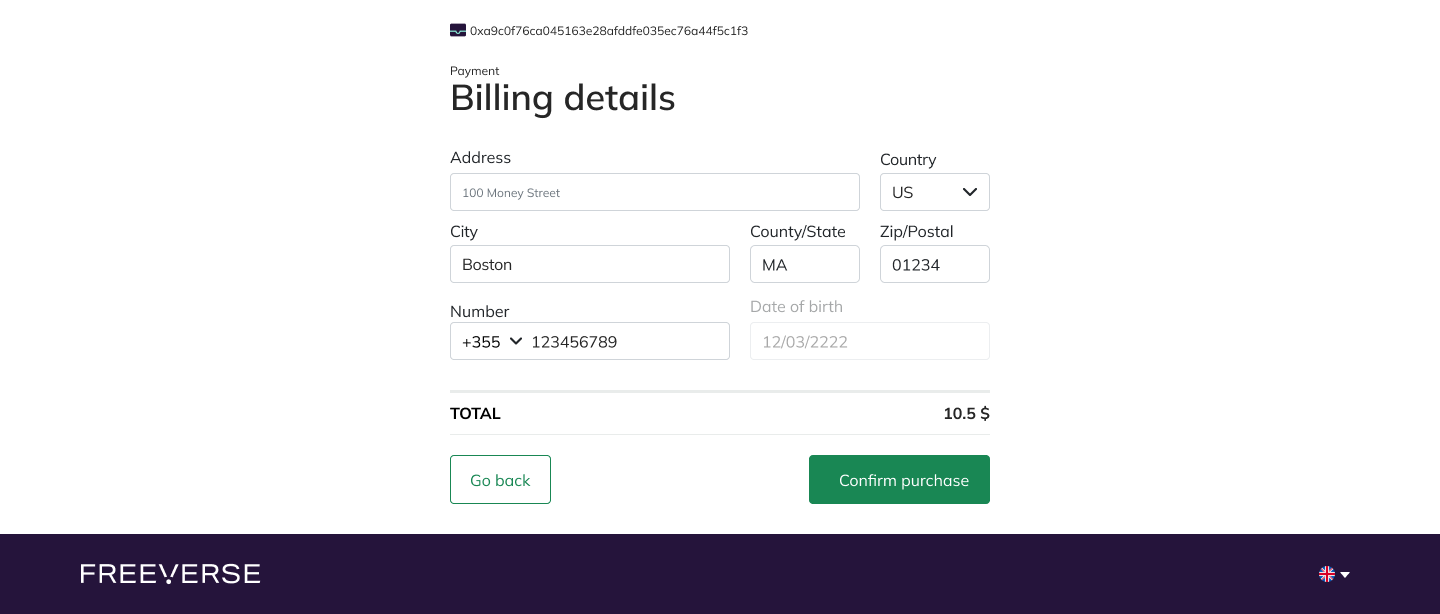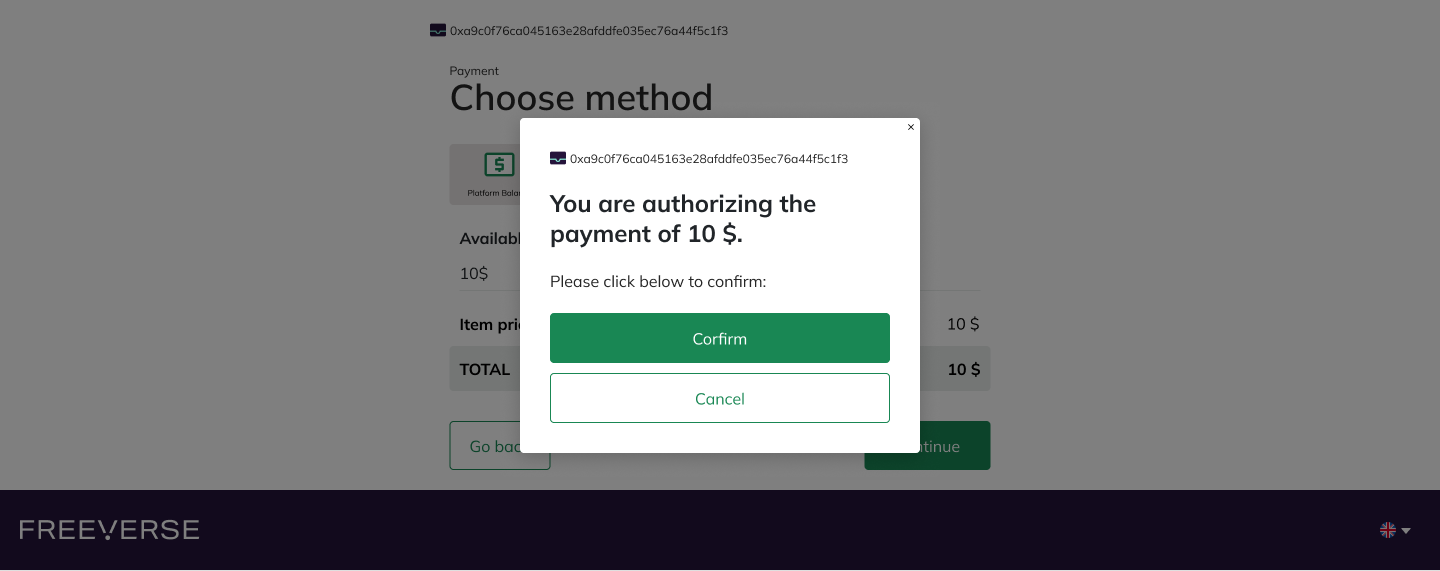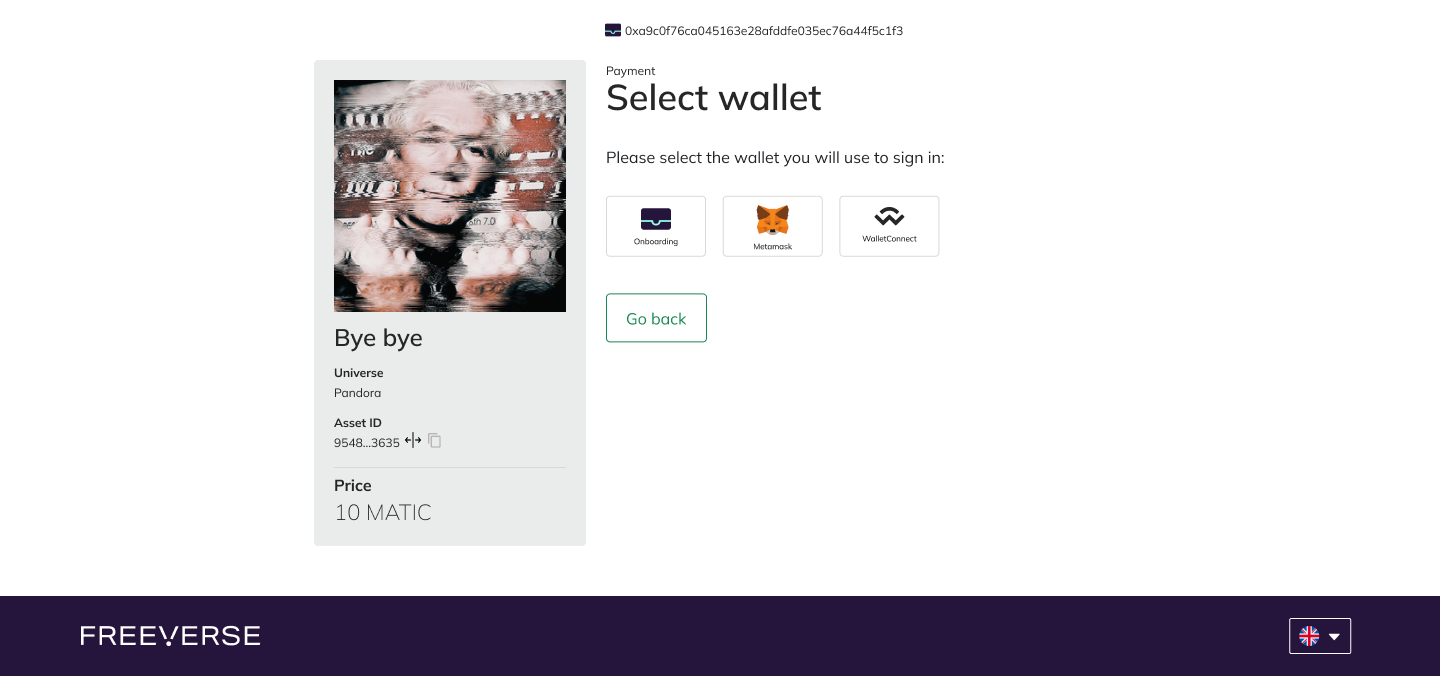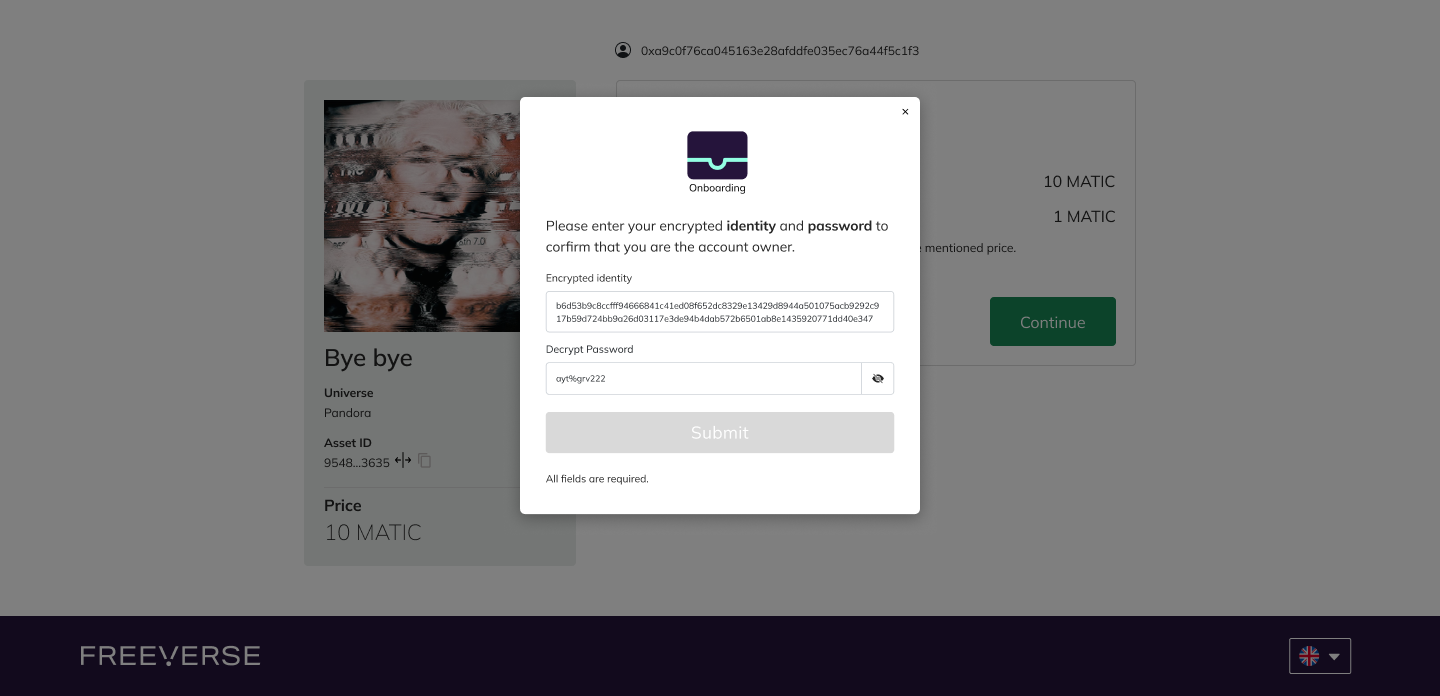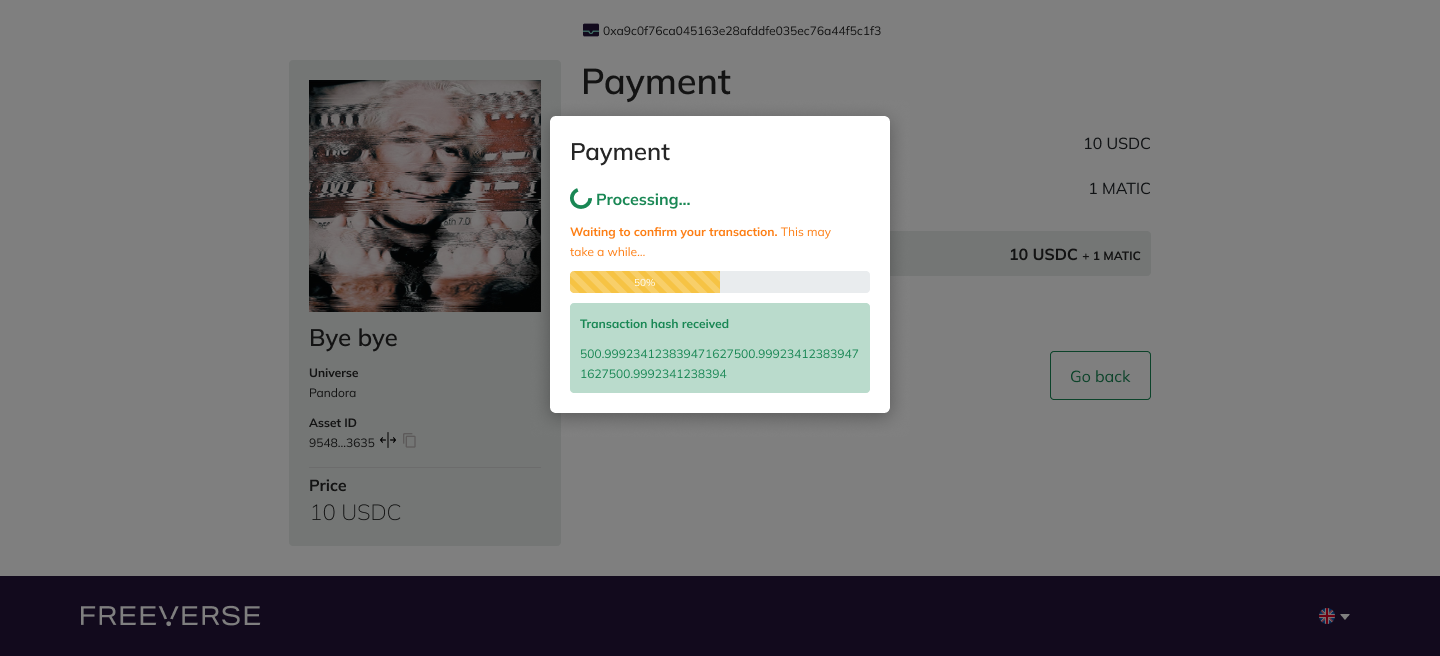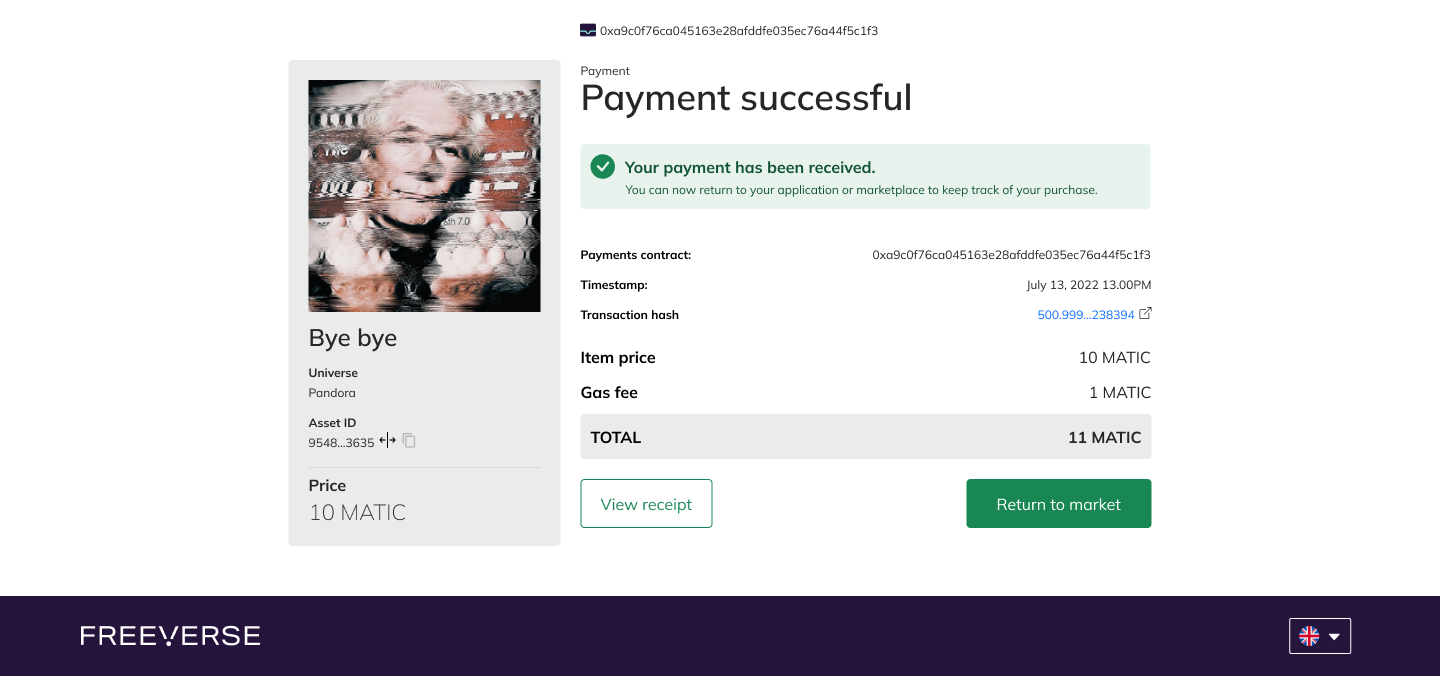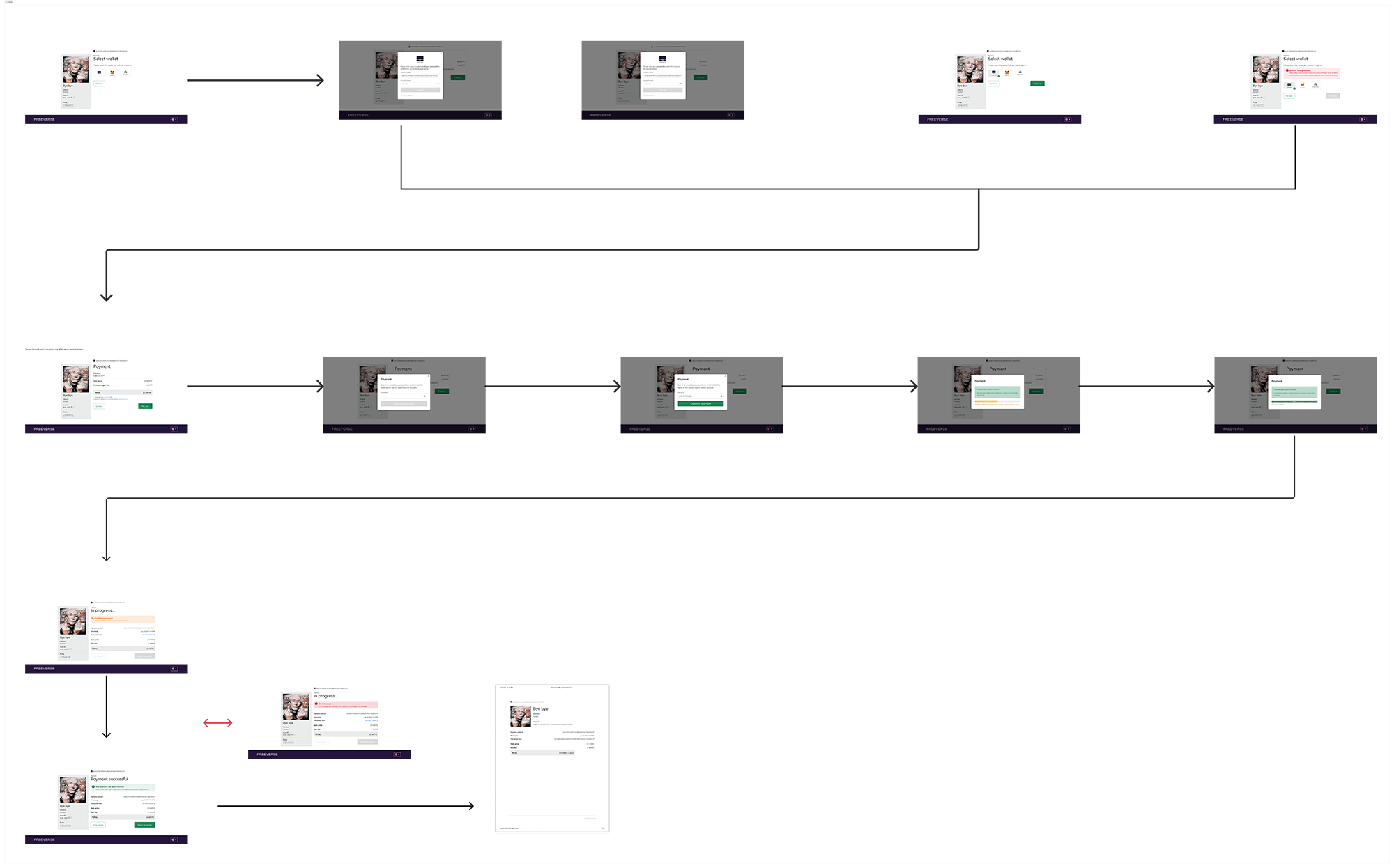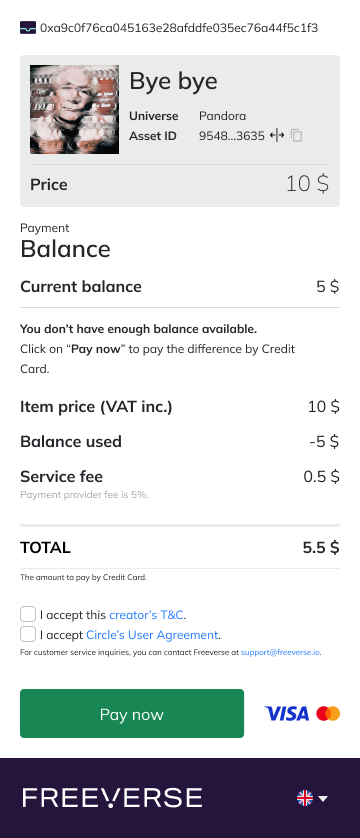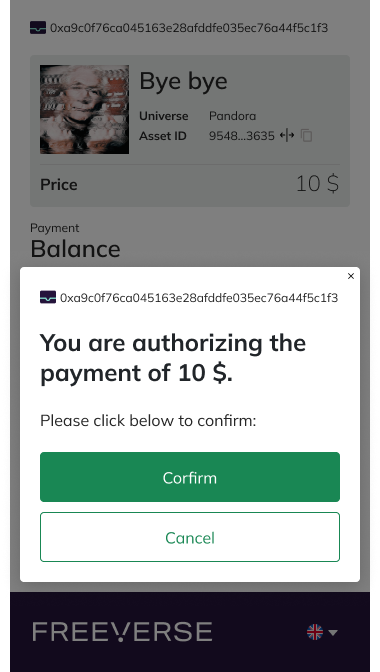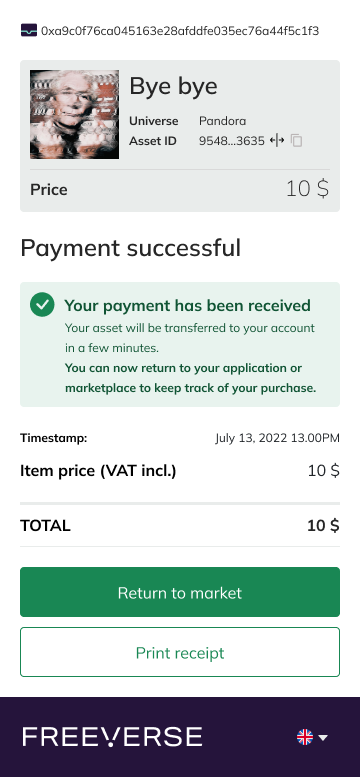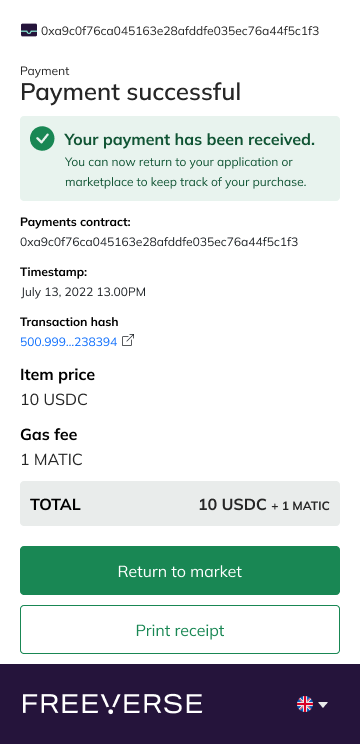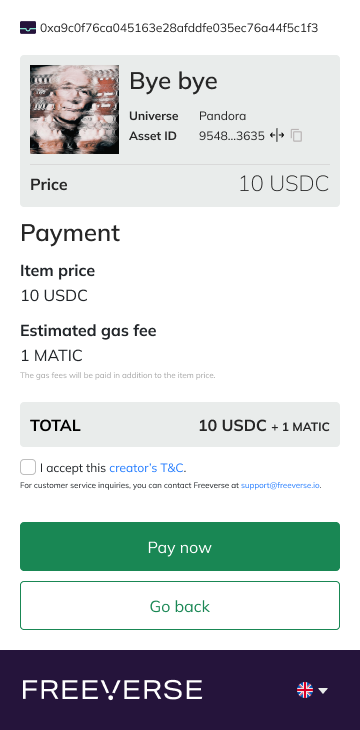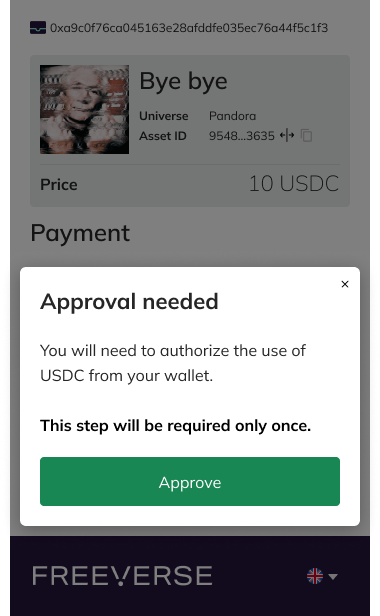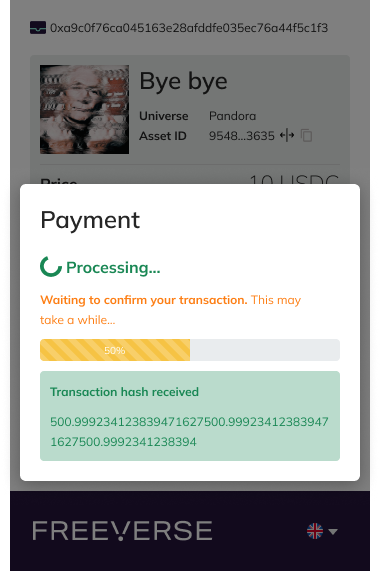Designing an NFT Payment Gateway
Introduction
Our target users were companies and marketplaces that want to integrate NFT payments into their platforms.
The goal of this project was to provide a seamless experience for users who have already selected an NFT and wanted to complete their transaction using either fiat or cryptocurrency.
We also considered potential errors and their resolutions throughout the design process.
Project Scope
Phase 1: Research
1. User Research:
To begin, we conducted extensive user research to understand the needs and pain points of our target audience. We interviewed marketplace administrators and company owners to gain insights into their requirements and expectations for an NFT payment gateway.
2. Market Analysis:
We analysed the NFT market and the most popular cryptocurrencies to ensure compatibility and stay ahead of emerging trends.
3. Competitive Analysis:
We examined existing NFT payment solutions, identifying their strengths and weaknesses to inform our design decisions
Phase 2: Ideation
1. Information Architecture:
We created a clear information hierarchy, ensuring that users can easily navigate through the gateway. We organised the components into three main sections: NFT Selection, Payment Options, and Transaction Summary.
2. Wireframing:
We sketched wireframes for each screen, emphasising simplicity and intuitiveness. This included drafting the NFT selection interface, payment methods, and error handling screens.
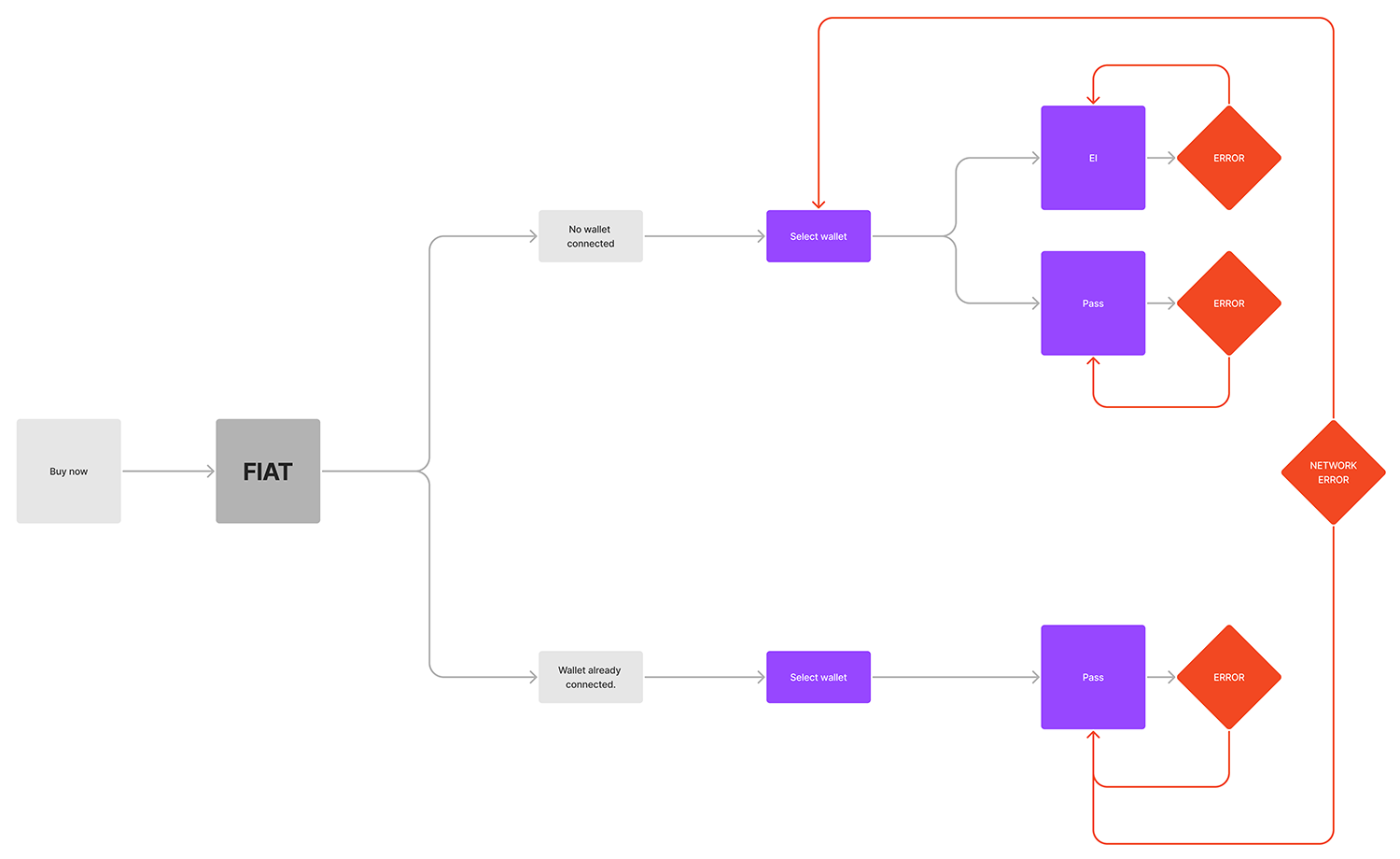
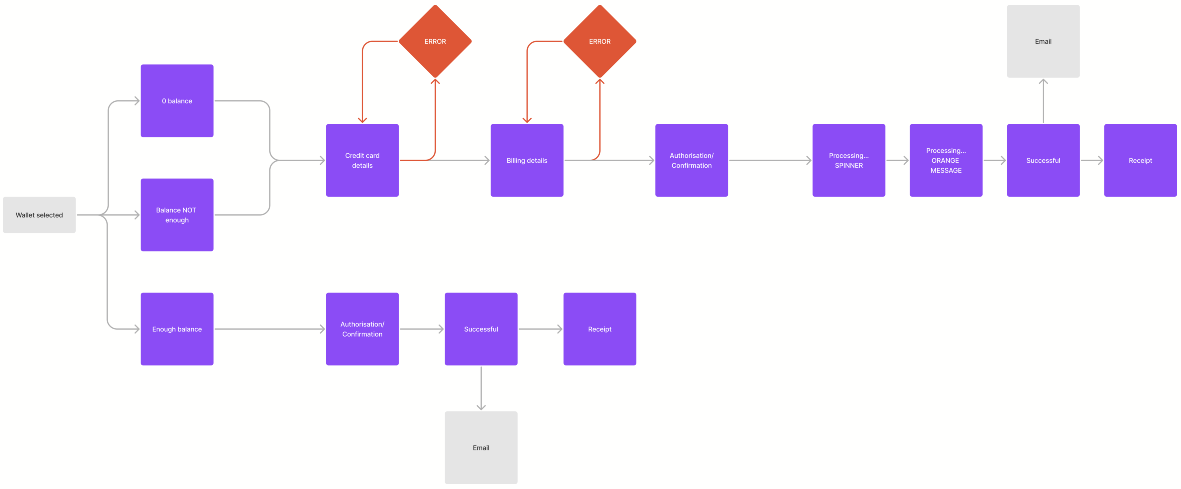
Phase 3: Design and Prototyping
1. Visual Design
We adopted a clean and modern design aesthetic, ensuring that our solution aligns with the branding of our target users' platforms. We also used intuitive icons and colour coding for various actions and payment methods.
2. Prototyping
We created interactive prototypes using Figma to demonstrate the user flow and gather feedback from stakeholders. This allowed us to make necessary adjustments and refine the design.
Phase 4: Testing and Iteration
1. Usability Testing
We conducted usability tests with a small group of potential users to validate the design. Users were tasked with selecting an NFT, choosing a payment method, and completing a transaction. We observed their actions, collected feedback, and made iterative improvements.
Phase 5: Development
1. Front-End Development
Our development team implemented the design, ensuring that the user interface was responsive and efficient. They integrated the necessary APIs for cryptocurrency payments, incorporating secure and user-friendly wallets.
2. Back-End Development
The back-end team built a robust infrastructure for transaction processing, ensuring data security and compliance with regulations.
Phase 6: Error Handling
1. Error Identification
Through user testing and continuous monitoring, we identified common errors, such as failed payment transactions and network issues. We categorised these errors based on severity and user impact.
2. Error Resolution
We developed clear and concise error messages that guide users in resolving issues. Additionally, we implemented automatic error detection and recovery mechanisms whenever possible to enhance user experience.
Phase 7: Launch and Monitoring
1. Launch
After extensive testing and quality assurance, we launched the NFT Payment Gateway as a product for external companies and marketplaces to purchase and integrate.
2. Monitoring
We set up continuous monitoring for the gateway's performance, security, and error tracking. Any issues or discrepancies are addressed promptly through agile development cycles.
Conclusion
Designing an NFT Payment Gateway for external companies and marketplaces involved thorough research, user-centred design, and a focus on error handling.
Our solution provided a seamless experience for users who have already selected an NFT and wish to complete their transaction using fiat or cryptocurrency.
Continuous monitoring and iterative improvements ensure a robust and user-friendly product that aligns with the evolving needs of the NFT ecosystem and the broader crypto market.
